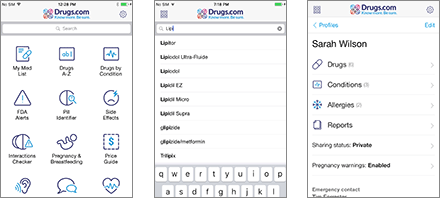The next time your employee thinks he needs to go to the doctor’s office, emergency room or urgent care center, wouldn’t it be more convenient and cost-effective to call the doctor first? Seventy percent of office visits aren’t necessary and eliminating unnecessary trips to the doctor’s office reduces total employee healthcare costs – studies show a range from 5 to 40%.
MedCallAssist is a company created to helping people in remote areas who had little or no access to emergency care. From there the concept was introduced to groups, companies, self-insured groups, families and individuals who lived in urban areas. MedCallAssist provides immediate around-the-clock access to physicians – Immediate Care for employees and your business. A Doctor is always On Call: No appointments, no waiting, no deductible, and the doctor can write a prescription.
The company can also provide a Prescription Medical Kit: A doctor’s tool kit, in your hands, to help you navigate hundreds of common medical situations, like infections, cardiac arrest, pneumonia, and more. The Ultimate Prescription Medical Kit even provides prescription-grade medicine – it’s all in the bag!








